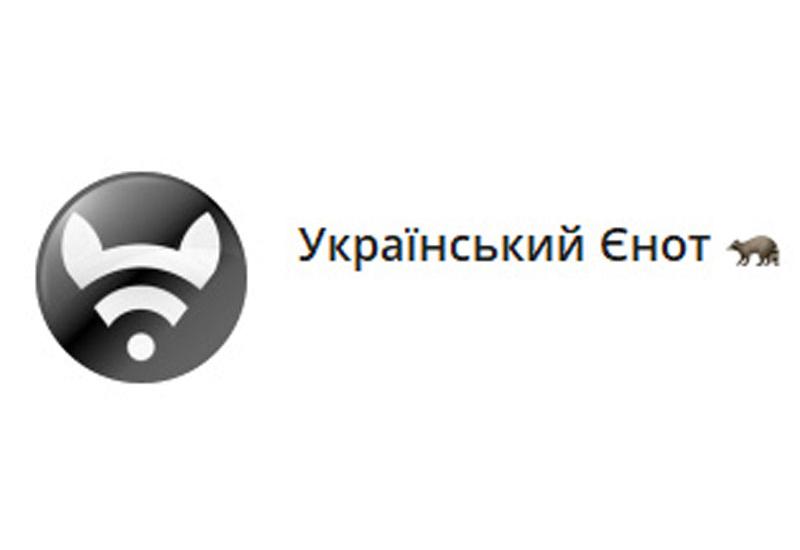Telegram bot created by Igor Sikorsky Kyiv Polytechnic Institute student successfully monitors the combat frequencies of enemy russian aviation
The editorial office learned about Igor Sikorsky Kyiv Polytechnic Institute student Artem Levkivsky and the unique, extremely useful Telegram bot service "Ukrainian Raccoon" created by him, which monitors the combat frequencies of enemy russian aviation, from a post on the official Facebook page of the university. At the beginning of the new academic year, our correspondent talked to Artem in the editorial office of Kyiv Polytechnic.
- Artem, you are currently a 3rd year student of the Faculty of Electronics. Could you tell us a few words about where you are from, why you chose Igor Sikorsky Kyiv Polytechnic Institute to study, and when did you come up with the idea to create a Telegram bot?
- I was born in the city of Slavutych. After the 9th grade, I entered Irpin College, where I studied Computer Engineering, which I was very interested in. That's why I entered Igor Sikorsky Kyiv Polytechnic Institute, Faculty of Electronics. I've been a student for three years now, and I'm doing well in my studies, passing my exams. I came up with the idea to create a service that would monitor the combat frequencies of enemy aircraft after the racist attacks on our energy infrastructure in October last year. I began to wonder how the aggressor communicates on combat frequencies, tracked the communication between its aircraft and the ground controller. At the same time, I gradually met like-minded people through the telegram channel. All of them were already software developers or were studying to become developers. We communicated, and after a while it turned out that we had similar ideas for creating a project. Starting in mid-May of this year and closer to July, we started to work on the development. Now we have seven team members, and we communicate online.
- Now, if you can, tell us more about the service you have created.
- The Ukrainian Raccoon Telegram bot (@ukrainian_raccoon_bot) can: monitor the combat frequencies of Russian strategic aviation and the Black Sea Fleet; determine the most likely cause of an air raid alarm; find the nearest shelter (currently only in Kyiv, but the geography will be expanded); report thunder so that you do not confuse thunderstorms with explosions; monitor the radiation background and enemy losses; report alarms and provide an up-to-date alarm map. The bot's name is a reference to a Kherson raccoon that was kidnapped by orcs.
- What were the costs of creating the bot?
- We spent about 15 thousand UAH on the server, design services, and legal formalities. Now we are registering a non-governmental organization, creating an official online publication, and applying for a trademark for our logo. At the beginning of our work on the project, there was no question of monetization, it was a volunteer initiative. Now, given the resources invested in the project, we are thinking about it. As for attracting investment and cooperation with government agencies, our position is as follows. While the project was at the stage of idea and closed testing, we have already received notifications of interest from both individuals and one government agency. But we are not ready to give the project to anyone yet. We want to prove the viability of our algorithm before we start working with government agencies. Now we make small and large updates almost every day to improve the neuron's performance. This work is very painstaking and important, and it will help us avoid false alarms to various noises at frequencies.
At the request of our correspondent, Pavlo Popovych, Deputy Dean of FEL for Scientific and Career Guidance, Associate Professor of the Department of Acoustic and Multimedia Electronic Systems, PhD, commented on the development of the Ukrainian Raccoon Telegram bot (@ukrainian_raccoon_bot): "This development is innovative because it can replace expensive radar stations. The system is highly reliable and operates on a distributed basis, receiving information from remote Software Defined Radio (SDR) servers that can be located even outside our country. Thus, the failure of 1-2 servers in different locations will not affect the system's performance. The developed bot is actually an aggregator of various services, which makes it possible to refuse a large number of subscriptions to various Telegram channels containing information of interest to the user."

